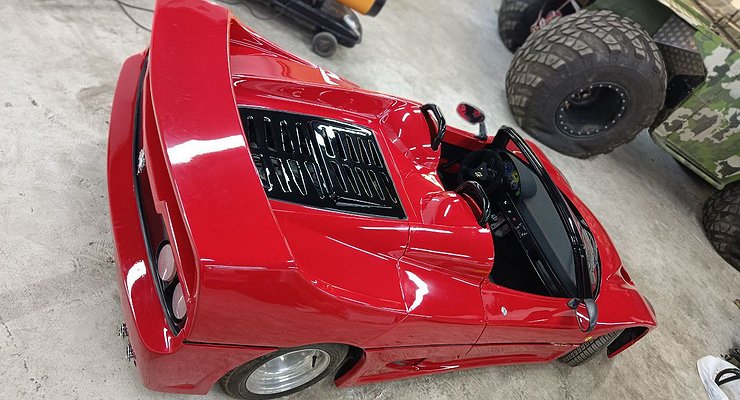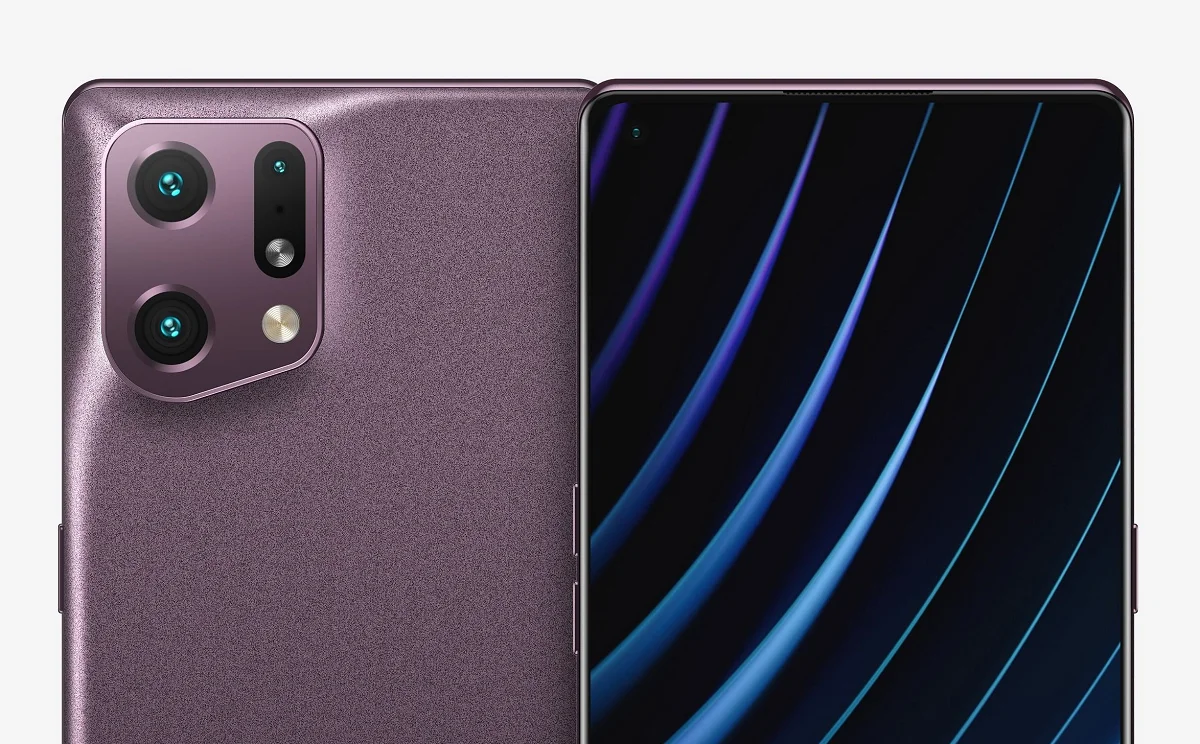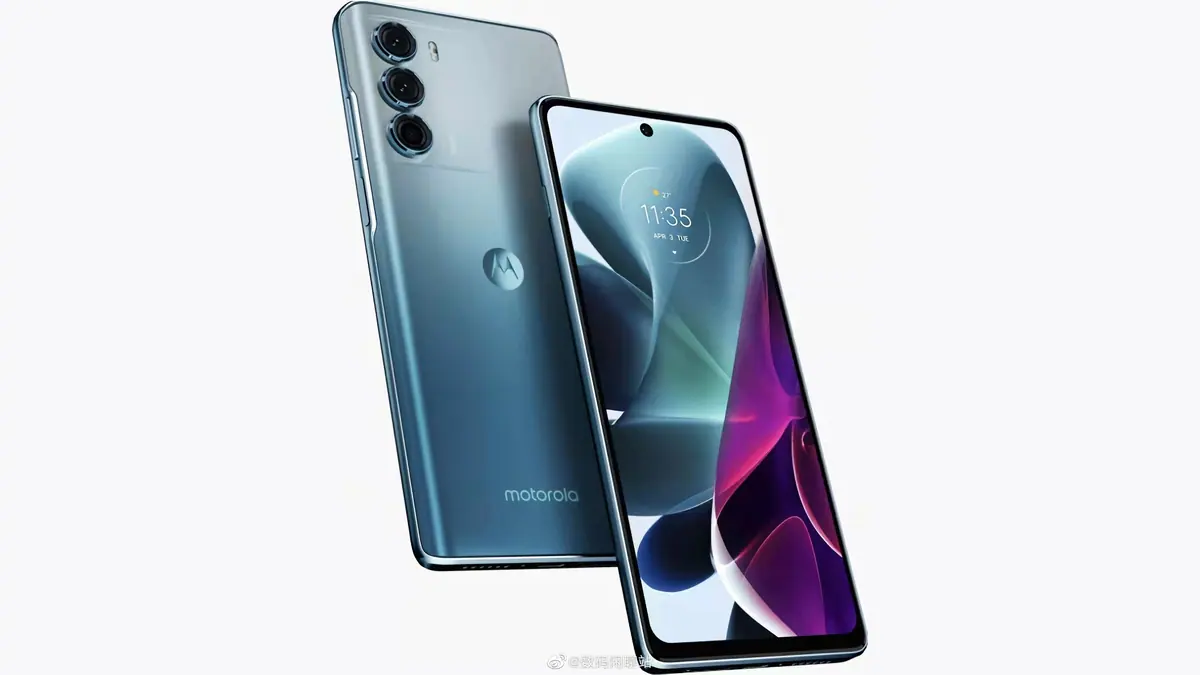Our initial reaction to the Samsung Galaxy Fold was that it was “still a bit primitive and almost more inspiring”. It’s only been three years since then, but we’re already talking about the Galaxy Z Fold4 as one of the best phones of 2022 and a “perfect personal cell phone”. The evolution of the folding has not been groundbreaking, but Samsung has managed to convince us of the enormous potential of this format.
With sales of nearly 20 million foldables, the South Korean company is an indisputable touchstone for this style of mobile. Some folding phones that scream for more change but are destined to “become the standard of phones” in Samsung’s own words. The stakes are strong: they want Fold to surpass Galaxy S in sales by 2025.
Four generations revolving around the same idea
From the first generation introduced in 2019 to this fourth generation we have with the Galaxy Z Fold4, there are no major aesthetic changes. This is a device that can display a large internal screen, while outside we have a more stylized secondary screen and this screen has also gradually grown in size. The idea of folding range is the same and experience takes shapeThe technical specifications are pretty much equivalent.
Fold’s weight is decreasing. So is the thickness. the latest model is 6.3mm when unfolded and 14.2mm when folded. These differences may seem small when you look at the cool numbers, but on a day-to-day basis, they improve the experience significantly.
The Fold’s panel has also grown a bit, but in this case, the inch count isn’t much. The 7.6-inch Z-Fold2 is not the same as the Z-Fold4. They count margins and available space. Yes, the growth of the outer screen is more noticeable, as we move from the 4.6-inch screen of the first Fold to a better 6.2-inch screen on the Z-Fold4. outer panel that can be found well in conventional cell phones and allows the closed fold to be used more closely to what we are used to.
| |
Samsung Galaxy Fold
|
Samsung Galaxy Z Fold2
|
Samsung Galaxy Z Fold3
|
Samsung Galaxy Z Fold4
|
|
Weight
|
276 g
|
282g
|
271g
|
263g
|
|
folded dimensions
|
160.9 x 62.9 x 15.5mm
|
159.2 x 68 x 13.8-16.8mm
|
158.2 x 67.1 x 14.4-16mm
|
155.1 x 67.1 x 14.2-15.8mm
|
|
unfolded dimensions
|
160.9 x 117.9 x 6.9mm
|
159.2 x 128.2 x 6.9mm
|
158.2 x 128.1 x 6.4mm
|
155.1 x 130.1 x 6.3mm
|
|
off screen
|
7.3″ Dynamic AMOLED
2,152 x 1,536 pixels
HDR10+
|
7.6″ Dynamic AMOLED
2,208 x 1,768 pixels
HDR10+, 120Hz
|
7.6″ Dynamic AMOLED
2,208 x 1,768 pixels
HDR10+, 120Hz, 1,200 nits
|
7.6″ Dynamic AMOLED
2,176 x 1,812 pixels
HDR10+, 120Hz, 1,200 nits
|
|
Ratio
|
85.7 %, 162.6 cm2
|
88.6%, 180.8 cm2
|
88.8%, 179.9 cm2
|
90.9%, 183.2 cm2
|
|
external display
|
4.6″ Super AMOLED
1,680 x 720 pixels, 21:9
|
6.23″ Super AMOLED
2260 x 816 pixels, 25:9
|
6.23″ Dynamic AMOLED
2,268 x 832 pixels, 25:9
120hz
|
6.2″ Dynamic AMOLED
2,316 x 904 pixels, 23.1:9
120hz
|
Flexible display technology has been around for over a decade, but few attempts have been made to achieve consistent results on such an important item as the hinge. Here Samsung had to deal with numerous issues in the first generation. Another element is glass. Samsung created its own ultra-thin glass for folding screensbut forced to relocate internal elements such as cooling system or battery.
When Samsung created the concealed hinge mechanism the design of the folding ones could be improved to make them waterproof IP68Coming with Z Fold3 and Z Flip3.
At the software level, the folding format has also been accompanied by new features. From App Continuity to Flex mode, it has recently been transitioning from Android 12L, a version of the operating system adapted for tablets and foldable devices.
Over 10 million foldable products sold annually
The Galaxy Fold still costs around 2,000 euros. We thought that the price of the folded ones would drop. significantly, but all this time the difference has been minimal. They remain a special mobile style and are reserved only for the deepest pockets. Samsung’s strategy to lower the folding price was not to make the Fold cheaper, but to create a new, cheaper series.
The growth in foldable sales remained steady, as would be expected given the newness of the category. Samsung explains that the Galaxy Z Fold3 and Z Flip3 surpassed their total foldable sales in 2020 in a month.
Samsung’s initial goal in 2022 was to sell around 15 million foldable devices, but economic uncertainty and the smartphone sales crisis is causing analysts to point to 11 million Galaxy Z Fold4 and Z Flip4s, which hit 13 million if we add previous generations. it would be a little figures are below estimates, but still 50% more than Z-Fold 3.
According to data from Counterpoint Research, Samsung took a 62% share of the foldable market. But that was before the launch of the Z Fold4 and coincided with the arrival of new rivals like the Huawei Mate Xs 2, Honor Magic V or OPPO Find N. Samsung’s share in the second half of the year reached 80%.
Samsung’s dominance is obvious. Counterpoint data before Z Fold4 and Z Flip4 launch.
If a total of 9 million foldable devices were sold last year, then for this 2022 Counterpoint expects to reach a total of 16 million foldable devices, an increase of 73%, of which 13 million will be from Samsung. The same analysts’ forecasts, 26 million foldable devices sold in 2023.
To get an idea, Samsung sold 271 million smartphones in 2021. If this figure is repeated, foldable devices make up about 5% of Samsung’s sales. It seems we are still a long way from the promise that foldable phones will account for 50% of premium mobile sales in three years.
This last tag has the meaning of the phrase. And with sales of about 10 million a year, Samsung has already managed to match foldable sales with the Galaxy Note lineup.. The Note 8 has sold approximately 10.3 million copies; Galaxy Note 9 is about 9.6 million and Galaxy Note 20 is about 7.5 million. Thanks to the Z Flip series, of course. According to the Omdia company, 4.6 million of the 7.1 million foldable products Samsung sold last year were realized thanks to the Z Flip3.
Z Flip’s success encourages thinking in new formats
Samsung has traditionally been a manufacturer with: takes risks with new formats. Unlike Apple, which delayed the launch of its first foldable product, Samsung opted for different models. Sometimes they stay there but other times they deliver great news. This is the case of the folding flip Z Flip, which has become a major reference in sales.
Foldables are still in the experimental stages, and it’s common to see prototypes of different shapes, from triple-screen mobiles to folding mobiles. During SID Display Week, Samsung showcased some of the most striking ideas. A foldable and sliding screen mobile with double hinge on the right, showing a notification bar.
According to IDC, foldable sales will exceed 41 million units in 2026. To achieve this, it seems like mobile manufacturers still need to find the key. Devices like the Galaxy Z Fold have proven to be a great option for high-end, but New formats like Z Flip are the way to reach new users.
Flexible display technology allows you to keep exploring with these innovative shapes. We will see to what extent foldables like the Fold series continue to evolve, or if they manage to attract attention like the Flip. Here are some folding cell phones that are already available but poised to become the dominant option.
on Xataka | Designing a foldable smartphone is a huge challenge: Samsung’s Galaxy Z engineers explain it to us



















